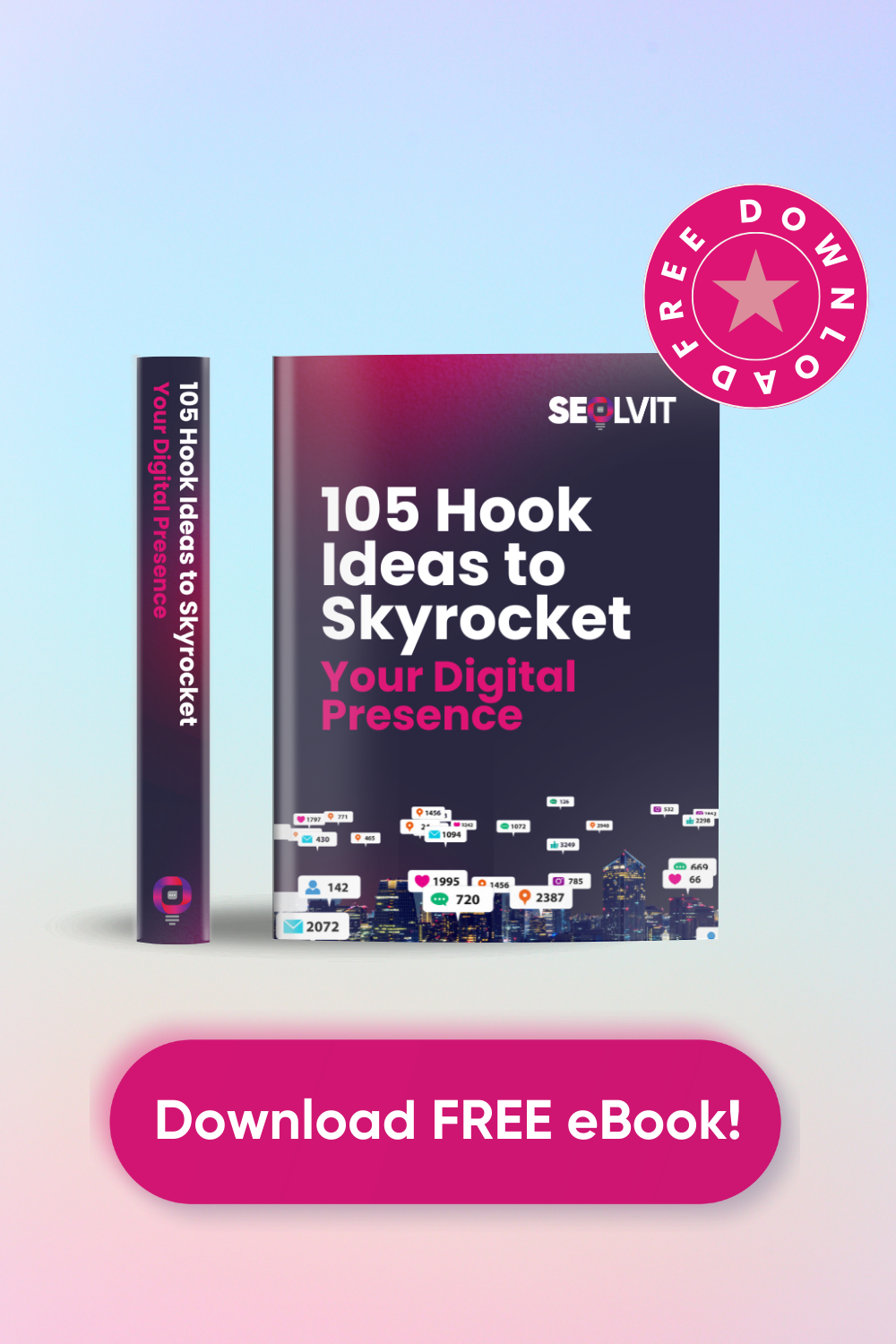Ever feel like an ad grabs you, making you want to buy something right away? You’re not alone. Ads are everywhere, trying to grab our attention and money. That’s the beauty of advertising techniques.
The right advertising techniques are really good at getting us to say “yes.” This is with the power of persuasion.
It’s not just about getting your attention; it’s about creating a story that sticks with you, making you excited to act accordingly. Discover how some advertising techniques can turn simple curiosity into a strong urge to buy.
In this guide, we’re going to take you on a journey behind the scenes of those ads you see every day. We’ll see how advertisers use different techniques to make us feel a certain way, like pulling on our heartstrings or making us think something is super new, useful, or rare and we need it ASAP.
Whether you’re a pro marketer looking to up your game, a business owner wondering how to get the word out about your products, someone who’s always wondered why you can’t resist certain ads, or just curious about how our minds work when it comes to buying stuff, this guide is your secret map. Get ready to uncover the mysteries, understand the secrets, and discover what makes us all fall explained with advertising techniques.
Table of Contents
ToggleAdvertising Techniques: The Psychology Behind Persuasion
Picture this: you’re in a crowded market, and every marketer is fighting for attention. Persuasive marketing is your secret weapon to stand out, connect with the right people, and make them fall in love with your brand.
But what exactly is persuasion? It’s the skill of crafting arguments that inspire, sway, or change minds. We use it all the time, like when we’re bargaining for a better deal or convincing friends to join us on a weekend adventure. It’s all about understanding what matters to someone else and leveraging that to guide them towards your viewpoint.
For businesses, this means convincing customers that what they’re selling is exactly what the customer needs, the solution to their problems, like the missing puzzle piece they have been searching for.
Sometimes, companies struggle because they can’t quite figure out how to market themselves in the digital world. This is where the power of persuasive advertising techniques comes into play, bridging the gap and connecting products with people in meaningful, memorable ways.
Ready to dive into the world of persuasive marketing and unlock your brand’s potential? Let’s check out these three cool techniques that make ads more convincing for your target audience.
Understanding and effectively using the persuasive techniques of Ethos, Pathos, and Logos can be the difference between an ad that resonates and one that falls flat. They are the secret sauce that makes an advertisement not just seen or heard but felt and remembered.
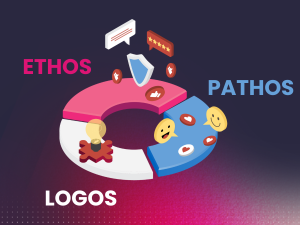
Let’s dive deeper into each advertising technique, exploring its essence, implementation, and intended impact on the audience.
Ethos: Building Trust Through Credibility
Ethos is your best bet when you want to establish trust and authority. It’s about convincing your audience that you’re credible and that your message comes from a place of expertise or moral correctness.
How it Works:
Ethos works by leveraging the reputation, credibility, or reliability of the speaker or the brand. In the context of advertising, ethos can be established in several ways:
- Celebrity Endorsements: When a celebrity endorses a product, their credibility and likability transfer onto the product.


- Expert Testimonials: An expert in a relevant field endorsing a product can assure that the product is reliable and worth the investment.
- Brand Reputation: Consistently maintaining high-quality products and positive customer interactions contribute to a brand’s ethos.
Implementing Ethos in Advertising:
To implement ethos, focus on associating your brand or product with figures (celebrities or experts) or values that your audience respects and trusts. It’s very important that the association feels genuine and relevant. For instance, a beauty product endorsed by a respected dermatologist can persuade consumers that the product is effective and safe.
For example, imagine you’re choosing a new smartphone. You’re not sure which model to pick, but then you see an ad featuring your favorite tech reviewer, someone you’ve trusted for reliable advice for years. They’re recommending a specific brand, praising its performance and durability. That’s ethos in action – like a trusted friend pointing you in the right direction.
Pathos: Stirring Emotions to Implement Action
Pathos appeals to the audience’s emotions, aiming to cause feelings that will influence their attitudes or actions towards the product or brand.
How it Works: Emotions are powerful drivers of decision-making. Pathos taps into feelings like happiness, sadness, fear, or love to create a strong emotional connection with the audience. This connection can make the audience more receptive to the advertisement’s message.
Implementing Pathos in Advertising Techniques:
Crafting a narrative that resonates emotionally requires a deep understanding of your audience’s values, desires, and fears. Visuals, storytelling, and music are potent tools for evoking emotions. For example:
- Storytelling: A narrative about overcoming obstacles can inspire and motivate the audience, creating a bond with the brand.
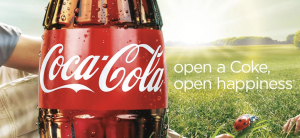
- Visuals: Images of happy families, cute animals, or serene nature scenes can cause feelings of joy, care, or peace. The same applies to other examples that may make you reflect.
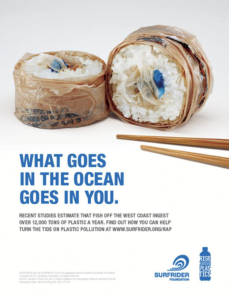
- Music: A well-chosen soundtrack can amplify the emotional tone of the advertisement.
The Goal:
The goal of pathos is to make the audience feel something profound, linking those emotions to your brand or product. When done right, pathos can make your ad memorable and shareable, driving both emotional and physical responses.
For example, imagine an ad where a kid surprises their parent with a thoughtful gift or a puppy gets adopted into a loving family. These kinds of advertising techniques make you feel cozy and happy inside. That feeling is pathos. It’s like sharing a special, sweet moment that leaves a lasting impression, connecting you emotionally to the message being shared.
Logos: Appealing to Reason with Facts and Logic
Logos appeals to the audience’s logical and rational side. It’s about presenting a clear, logical argument that convinces the audience of the merits of your product or brand.
How it Works:
Logos involves using factual evidence, logical arguments, and clear, rational reasoning to persuade. It appeals to the audience’s sense of reason, suggesting that buying the product is the logical choice.
Implementing Logos in Advertising:
To effectively use logos, your advertisement should present clear, logical reasons why your product or service is desirable or necessary. This can include:
- Facts and Statistics: Hard data, numbers, or findings from reputable sources can validate your product’s effectiveness or value.

- Demonstrations: Showing your product in action, proving its benefits or superiority over competitors, can be a compelling logical appeal.
- Clear, Logical Arguments: Presenting well-structured reasons that logically lead to the conclusion that your product is the best choice.
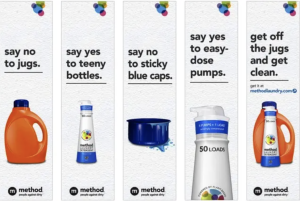
The Goal:
The goal of logos is to convince the audience that choosing your product is the smart decision. It caters to the audience’s desire to make informed, rational choices.
For example, consider the moment you’re comparing two products online. One product has a list of impressive stats, glowing reviews, and clear, logical reasons why it’s the better choice. It feels like a no-brainer because the facts point to one winner. That’s logos at work – it’s like making a decision based on a clear, well-thought-out list of pros, guiding you logically toward the best choice.
While each persuasive technique is powerful on its own, the most compelling advertisements often combine all three. Ethos establishes trust, pathos connects emotionally, and logos convinces logically. Together, they create a holistic, persuasive message that resonates with your target audience on multiple levels.
Understanding and mastering Ethos, Pathos, and Logos can transform your advertising from simple messages to compelling stories that inform, inspire, and influence.
As you craft your next advertisement, consider how you can integrate these timeless techniques to speak to the hearts and minds of your audience.
The Principles of Influence:
In our journey through the fascinating landscape of persuasive advertising techniques, we’ve already uncovered the classic trio of Ethos, Pathos, and Logos, each playing a unique role in shaping consumer attitudes and behaviors. But the art of persuasion doesn’t stop there.
Beyond these strategies, there’s another toolkit at your disposal, one that can add even more depth and effectiveness to your advertising campaigns: the principles of influence.
These principles offer a roadmap to the human psyche, providing actionable insights that can transform your advertising from good to great. So, let’s dive into each principle and discover how you can use it to captivate and convert your audience.
Reciprocity: The Art of Giving to Receive
The principle of reciprocity is rooted in the idea that people naturally want to give something back when you give them something. In the context of advertising, this might mean offering a free trial, a sample, or valuable information. By doing so, you’re not just providing a taste of your product or service but also planting the seeds of a future transaction.
People feel a sense of obligation to reciprocate the favor, making them more likely to engage with your brand down the line. For example:
- Free Trials or Samples: Offering a free trial of your product or service allows potential customers to experience it without risk, increasing the likelihood of a future purchase.

- Informative Content: Providing useful information or helpful content for free can build goodwill and encourage customers to engage more with your brand.
- Unexpected Bonuses: Surprising customers with additional benefits or bonuses can enhance their perception of value and prompt reciprocal action.
Commitment and Consistency: The Power of Small Steps
This principle is about our need to stay consistent with our past actions. Once we commit to something, we’re more likely to go through with it, such as making a purchase, as people strive to align their future behavior with their initial actions. Here’s how we implement this in advertising:
- Gradual Engagement: Start by asking for small commitments, like signing up for a newsletter, downloading an e-book, or commenting on a post, and gradually move towards larger commitments, such as making a purchase.
Sign up for our newsletter and get the latest tips and tricks to help you reach your growth goals delivered straight to your inbox.
Unlock the benefits of partnering with a growth marketing agency that cares about your success.
- Social Sharing: Encourage customers to share their choices or preferences on social media, solidifying their commitment to your brand.
Social Proof: The Influence of the Crowd
We’re social creatures and often look to others when deciding how to act. Social proof is the principle that describes this tendency. In advertising techniques, you can leverage social proof by showcasing customer testimonials, user numbers, or ratings. When potential customers see that others have had positive experiences with your product or service, they’re more likely to follow suit.
- Testimonials and Reviews: Showcasing positive reviews and testimonials from satisfied customers can greatly influence potential buyers.

- User Numbers: Highlighting the number of users or customers can underscore the popularity and acceptance of your product or service.
Authority: The Credibility Factor
People respect authority and expertise and are more likely to be persuaded by someone who possesses them. In your ads, establish your authority by highlighting your expertise, showcasing endorsements from experts, or providing evidence of your product’s effectiveness. This principle isn’t just about showing you know your stuff; it’s about showing your audience that they can trust you. For example:
- Expert Endorsements: Having your product or service endorsed by an industry expert can significantly boost credibility.
- Showcase Achievements: Highlighting awards, certifications, or other recognitions can underline your authority in your field.
Liking: The Friendliness Appeal
It’s simple: we’re more easily persuaded by people we like. This principle suggests that creating a likable brand persona can be incredibly powerful. Use relatable language, share stories, or align your brand with values that resonate with your audience. When people feel a connection with your brand, they’re more receptive to your message.
- Relatable Characters: Use characters or spokespeople in your ads that your target audience can relate to or aspire to be like.
- Align with Customer Values: Aligning your brand’s values and messaging with those of your target audience can foster a stronger connection.
Urgency: The Now or Never
Urgency is like a ticking clock in advertising techniques. It makes you feel that you need to act fast or you’ll miss out. It’s all about making something seem important right now, and it might be gone if you don’t grab the offer quickly.
This feeling makes you want to buy or sign up straight away instead of waiting and maybe forgetting about it later. It’s a way to make sure people jump on a good deal before it’s too late.
- Limited Time Offers: Promotions or sales that are available for a short period can create a sense of urgency. Phrases like “Sale ends tonight!” or “Only a few hours left!” encourage immediate action.

Scarcity: The Fear of Missing Out (FOMO)
Scarcity taps into our fear of missing out on something valuable or exclusive. Highlighting the limited availability of a product or the exclusivity of an offer can create a sense of urgency, prompting people to act quickly to avoid missing out. Use this principle carefully to guide people toward making a decision.
How can you implement scarcity in your advertising techniques? Look at the examples below:
- Limited Quantity: Highlighting the limited availability of a product can make it seem more exclusive and desirable. Statements like “Only 5 left in stock!” or “Limited edition release!” can drive people to purchase for fear of missing out.
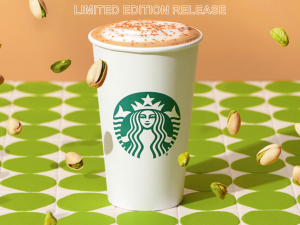
- Exclusive Access: Offering special products or services only to a select group, like members or subscribers, can create a sense of exclusivity and scarcity. This not only encourages sign-ups but also makes the offer more appealing.
[Related Article: How To Use FOMO Marketing to Increase Sales]
While urgency and scarcity seem similar, the first relates to time constraints, whereas scarcity refers to limited availability. Both can be powerful tools and using them responsibly and authentically is important. False promotions or overuse can lead to customer distrust.
Keep in mind that these strategies should be genuine and the claims accurate. They must also provide real information with clear communication of the terms so customers understand the urgency. Lastly, do not overuse these principles, as it can make them less effective over time.
Mastering the art of persuasion can transform your advertising efforts from simple displays to compelling narratives that resonate deeply with your audience.
Remember, the most impactful ads don’t just catch the eye—they engage the heart and mind, prompting real action.
If you’re looking for help implementing these advertising techniques, we’re here to help. Just click the link below to get in touch with us!

